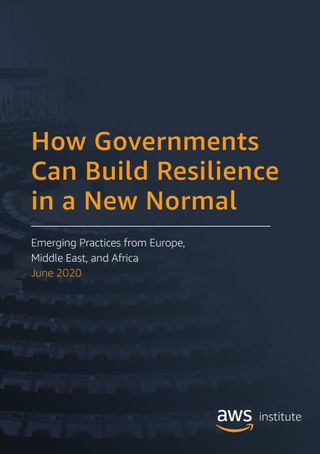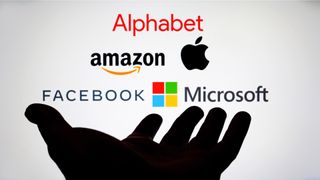Public Sector
Latest about Public Sector

Police Scotland website fault limits public’s ability to report crime
By Rory Bathgate published
News Users reporting crimes on behalf of others appear unaffected by the fault

UK’s NCSC names Ollie Whitehouse as its new CTO
By Rory Bathgate published
News Whitehouse has called for better public-private information sharing over cyber threats

Will the NHS Federated Data Platform transform UK healthcare?
By Jonathan Weinberg published
In-depth Plans to create a data platform in partnership with the private sector could revolutionize NHS treatment, but concerns over data privacy and security are festering

Tech giants to share $9 billion Pentagon cloud computing contract
By Ross Kelly published
News The JWCC is the successor to the ill-fated Jedi contract awarded to Microsoft in 2018

Konica Minolta awarded G-cloud framework contract
By Daniel Todd published
News Essex-based data and digital services specialist announces its inclusion in the UK Government’s G-Cloud 13 initiative

How governments can build resilience in a new normal
By ITPro published
Whitepaper The cloud enables the flexibility public organisations need to overcome disruption

Pros and cons of breaking up big tech
By Praharsha Anand last updated
In-depth We analyze the impact of breaking up powerful and far-reaching data-opolies

UK gov criticised after £5bn in Bounce Back Loans paid to fraudsters
By Sabina Weston published
News A National Audit Office report has also branded plans to recover 0.1% of stolen funds "inadequate"
Get the ITPro. daily newsletter
Receive our latest news, industry updates, featured resources and more. Sign up today to receive our FREE report on AI cyber crime & security - newly updated for 2024.





